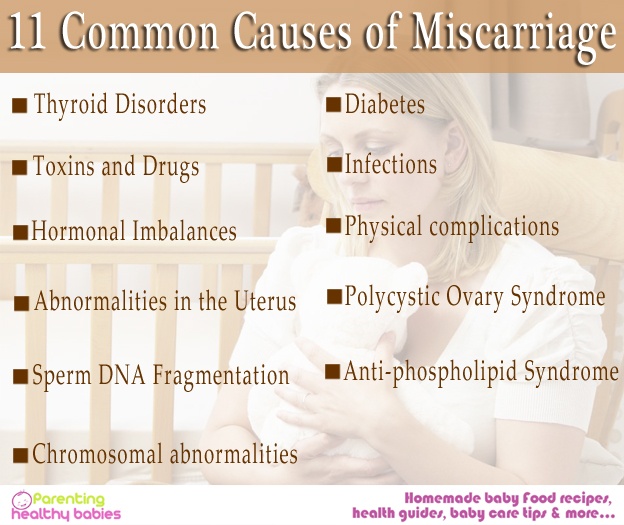Just had a baby? Was too much work right? But hey wait the story doesn’t end here! Don’t forget the dangers of acquiring a post caesarian wound infections. Cesarean section births are rising nowadays. A C-section delivery is done by making a deliberate incision on the lower abdomen, which is mostly horizontal. Since it is a surgical method, obviously there are risks of infection affecting the mother. Infections can happen at the incision site or in the abdomen itself. The invasion of infection can be immediately after birth or in the recovery phase. Infection in a C-section wound is uncommon, yet one should be aware of the symptoms and preventive measures to take. Learn what to watch out for and when to seek medical help, otherwise it could hamper recovery and even lead to other health conditions.However, with adequate wound care, you can minimize the risk of catching infection.
How to Know if C-Section Wound is Infected
- Pain, swelling or redness at the incision site
- Increasing abdominal pain
- Fever of 100.4°F or above
- Swelling at the site of incision or pain and swelling in legs
- Difficulty urinating
- Foul-smelling vaginal discharge
- Passing blood clots from the vagina
- Drainage from the wound.
Risk Factors for C-section Wound Infection
There are certain factors that can escalate the risk of developing a C-section wound infection. They include:
- Being overweight or obese
- Having diabetes or any immune system disorder like HIV
- Long-term use of steroids
- Having already had a C-section delivery
- Lack of prophylactic antibiotics before surgery
- Chorioamnionitis (inflammation of the fetal membranes)
How Is A C Section Infection Diagnosis Done?
Though wound care against infection is done at the hospital before discharging, yet it has been observed that most women get the C-section infections after the first couple of weeks. If you happen to notice any infection signs as stated above, you will need to contact your doctor immediately. A C-section is a major abdominal surgery, hence follow up visits to your doctor are mandatory. If you have been exposed to any unpleasant experience regarding your scar care, you must mention it to your doctor. The doctor may cut the wound a little to take a sample of the discharge. Some discharge or the pus oozing out from the wound may also be taken to test for bacteria. The doctor will also look very closely at the incision site to check for the infection signs.
C-section Wound Infection Treatment
Most infections are treated with the help of oral or intravenous antibiotics. If abscess develops, your doctor may follow an additional procedure as then using antibiotic alone will not do much help. You need to follow the following things for proper healing:
- Drainage of fluid from the abscess
- Washing of the wound with sterile saline
- Packing of wound with sterile strips for absorbing drained fluid
- Regular dressing
- Get the healing wound checked regularly to see if there is any seepage of fluid from adjacent area
C-section Infection Complications
Improper wound care can cause following serious life-threatening complications:
- Necrotizing fasciitis
- Rupturing of the fascia
- Dehiscence of the wound
- Evisceration of wound
If any of the above listed complications are present, then the recovery time is prolonged. So be aware, be protected!
How to Prevent an Infection after a C-section:
With proper C-section wound care, you can keep any infection away and ensure your scar heals naturally and in a safe way.
- Air the wound. Do not leave it covered at all times, as that can lead to trapping of moisture, and when it comes to wounds, moisture is the biggest enemy.
- Keep the wound clean. While moisture is bad, ‘running water’ is good. So make sure you wash the wound with mild soap and water once every day. Pat it dry with a soft clean cloth.
- DO NOT swim, or soak in a bath-tub, till the doctor allows it. Typically, it will take about 3-4 weeks for your wound to heal completely.
- Depending on the material and method used to stitch you up, you may be advised to remove the dressing while having a bath or you may be advised against doing so. Consult your doctor.
- DO NOT scratch the wound even if it itches. Use a cold compress to soothe the itching, or consult your doctor about a suitable lotion or cream.
- Take post-operative medicines as prescribed.
- The dressing should be changed as and when needed
- Proper hygiene must be maintained.
- You should also avoid putting pressure on the wound and should wear loose-fitting clothes.
- Eat home-cooked clean food. Your post-pregnancy diet after C-section is also important in helping heal the C-section wound.













